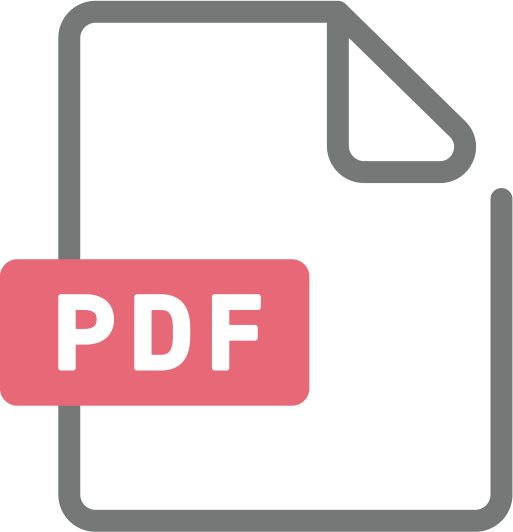The Impact of the Limited Government Policy on the Management of the Japanese Prefectural Museums
This paper focuses on estimating the efficiency of Japanese prefectural museums and its determinants. Using econometric methods, the aim of this paper is to determine how the small government policy has changed the management of Japanese prefectural museums since 2006. In order to reconstruct the budget positions of local governments, the Koizumi government advocated a policy of “small” government and cuts in the costs of public cultural facilities. One example was the introduction of the Designated Manager System (DMS) into public facilities in 2006, which was an example of the New Public Management and enabled private managers to manage public facilities. The main contribution of this paper is to examine the impact of the introduction of New Public Management into public museums, using statistical data. A stochastic production frontier is used to confirm if there has been any improvement in the economic efficiencies of museums since 2006 and whether or not this is due to the DMS itself. Microdata for the period from 1998 to 2014 obtained from the “Prefectural Art Museum Survey” (Todoufukenritsu Bijutsukan Kihon-chosahyou) which was conducted by the Council of Deputy Director Generals and others of Prefectural Art Museums (Todoufukenritsu Bijutsukan Fukukanchotou-jimusekininsya-kaigi) is used in the analysis. The estimation results show that designated managers could reduce inefficiencies when they engage in planning the exhibitions in the prefectural museums. Museums where their designated managers are selected through a competitive process also show a more efficient performance.


